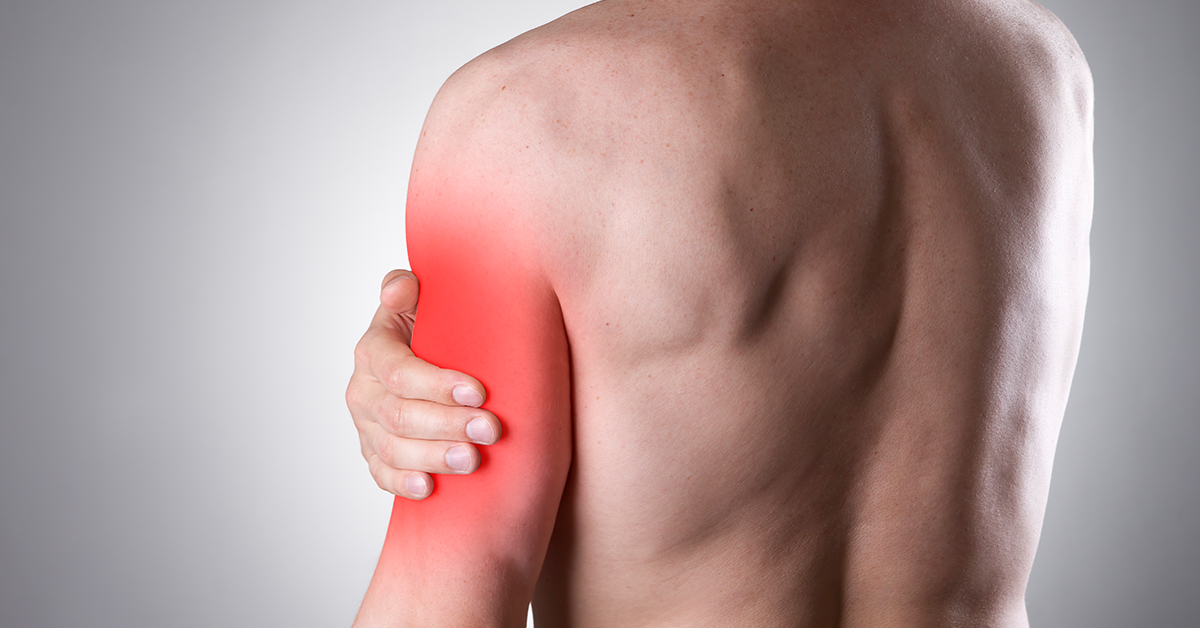
What is Triceps Tendonitis?
The triceps muscle extends from the shoulder joint all the way down to the elbow joint at the back of the arm. In the elbow joint, the triceps tendon attaches the triceps muscle to the olecranon process in the elbow joint. Inflammation of this tendon is called triceps tendonitis.
What Causes Triceps Tendonitis?
Triceps tendonitis is commonly seen in athletes and people who repetitively overuse and strain the triceps muscle. Regular use of the triceps muscle for vigorous activities such as throwing, using a hammer or lifting heavy weights can also cause this condition. The root cause of triceps tendonitis is recurrent trauma to the tendon that occurs during certain movements of the elbow under stress. This stress can cause inflammation in the tendon which results in pain.
Symptoms and Diagnosis
The most common symptom of triceps tendonitis is pain in the elbow. This pain may not be present at rest but can be worse upon movement of the arm. On examination of the arm, there is usually tenderness at the tip of the elbow and just above it which coincides with the location of the triceps tendon. In severe cases, pain can occur at rest, which can limit the mobility of the elbow and affect activities of daily living. In some cases of triceps tendonitis, there may be mild swelling around the elbow joint. Weakness of the muscle may also be a symptom and patients may have difficulty straightening out the elbow from a flexed position.
Triceps tendonitis is often seen in people who do not warm up adequately prior to exercise. In addition to this, sudden severe stress, such as from trying to perform a large number of push-ups after not having not done any exercise for a long time, can cause inflammation of the tendon. Sometimes, the triceps muscle may be quite tight, and performing exercise without adequately stretching the muscles can cause tendonitis. Tendonitis may also occur following an elbow injury and reconvening exercises prior to complete recovery from recent tendonitis.
Most cases of triceps tendonitis are diagnosed from clinical history and a history of activities that can cause and worsen inflammation of the triceps tendon. In some cases, an X-ray on the elbow joint may be performed to rule out the presence of any small fractures. Other tests that are rarely performed include an ultrasound of the elbow, CT scan or even an MRI.
How is Triceps Tendonitis Treated?
Treatment options may vary depending on the condition's severity, the patient's general health, and other factors. Conservative treatments usually begin with rest, ice, compression and elevation, or RICE. Rest is important, as continued use of the triceps muscle and tendon can make inflammation worse. Ice packs may be applied to help reduce swelling and pain. Compression of the elbow joint with a compression bandage is done to help reduce pain, and elevation of the arm may be done to help reduce swelling. Your doctor may prescribe medication to reduce pain and inflammation. Physical therapy exercises may be prescribed to to improve joint mobility and reduce inflammation and pain. If the condition is severe or does not respond to conservative treatment methods, surgery may be required.

